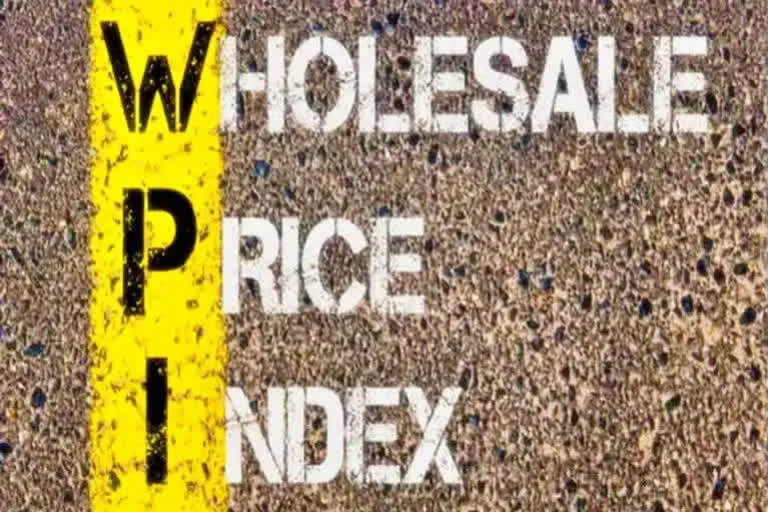New Delhi: The wholesale price-based inflation in February rose to 13.11 per cent on hardening of prices of crude oil and non-food items, even though food articles softened. After two months of mild easing, WPI inflation accelerated in February and remained in double digits for the 11th consecutive month, beginning April 2021.
WPI inflation last month was 12.96 per cent, while in February last year, it was 4.83 per cent. The rise in crude oil and natural gas prices after the Russian invasion of Ukraine, beginning February 24, has put pressure on the wholesale price index, even though food articles saw softening across categories of vegetables to pulses to protein-rich items.
Inflation in crude petroleum spiked to 55.17 per cent during February, against 39.41 per cent in the previous month on rising prices of crude oil globally. Inflation in food articles, however, eased to 8.19 per cent in February from 10.33 per cent. The rate of price rise in vegetables was lower at 26.93 per cent in February, against 38.45 per cent in the previous month. In egg, meat and fish, inflation was 8.14 per cent, while in onion, it was (-) 26.37 per cent. Inflation in potatoes saw a sudden spike at 14.78 per cent in February, against (-)14.45 per cent in January.
Also read: WPI inflation eases to 12.96 pc in Jan; food prices harden
"The high rate of inflation in February 2022, is primarily due to rise in prices of mineral oils, basic metals, chemicals and chemical products, crude petroleum & natural gas, food articles and non-food articles etc as compared to the corresponding month of the previous year," the Commerce and Industry Ministry said in a statement.
Inflation in manufactured items was 9.84 per cent in February against 9.42 per cent in January. In the fuel and power basket, the rate of price rise was 31.50 per cent during the month. Icra Chief Economist Aditi Nayar said the global surge in commodity prices, including crude and edible oils, poses the main risk to the WPI inflation trajectory.
"We now expect the WPI inflation to print at a high 13-14 per cent in March 2022. The timeline with which the WPI inflation will recede into single digits will be driven by the duration of the Russia-Ukraine conflict and its impact on supplies and commodity prices," Nayar said. CRCL LLP CEO and Managing Partner DRE Reddy said the constant rise in the WPI also indicates that manufacturers have regained their pricing power, which was dropped in the past two years due to the pandemic.
"The global economy is recovering as we witness an increase in demand for metals, oils, crude and fertilisers. Moving forward, as the crude prices soften in the summer season and supply issues getting resolved will help ease WPI inflation in the next few months," Reddy said. The Reserve Bank last month kept its key repo rate -- at which it lends short-term money to banks -- unchanged for the 10th time in a row at 4 per cent to support growth and manage inflationary pressures.
The central bank takes retail inflation data into account while framing monetary policy. Retail inflation for February would be released later in the day. Last month, the RBI had said headline inflation is expected to peak in the March quarter, within the tolerance band, and then moderate closer to target in the September-March period of 2022-23, providing room for monetary policy to remain accommodative. The government has tasked the RBI to keep retail inflation between 2-6 per cent.
PTI



